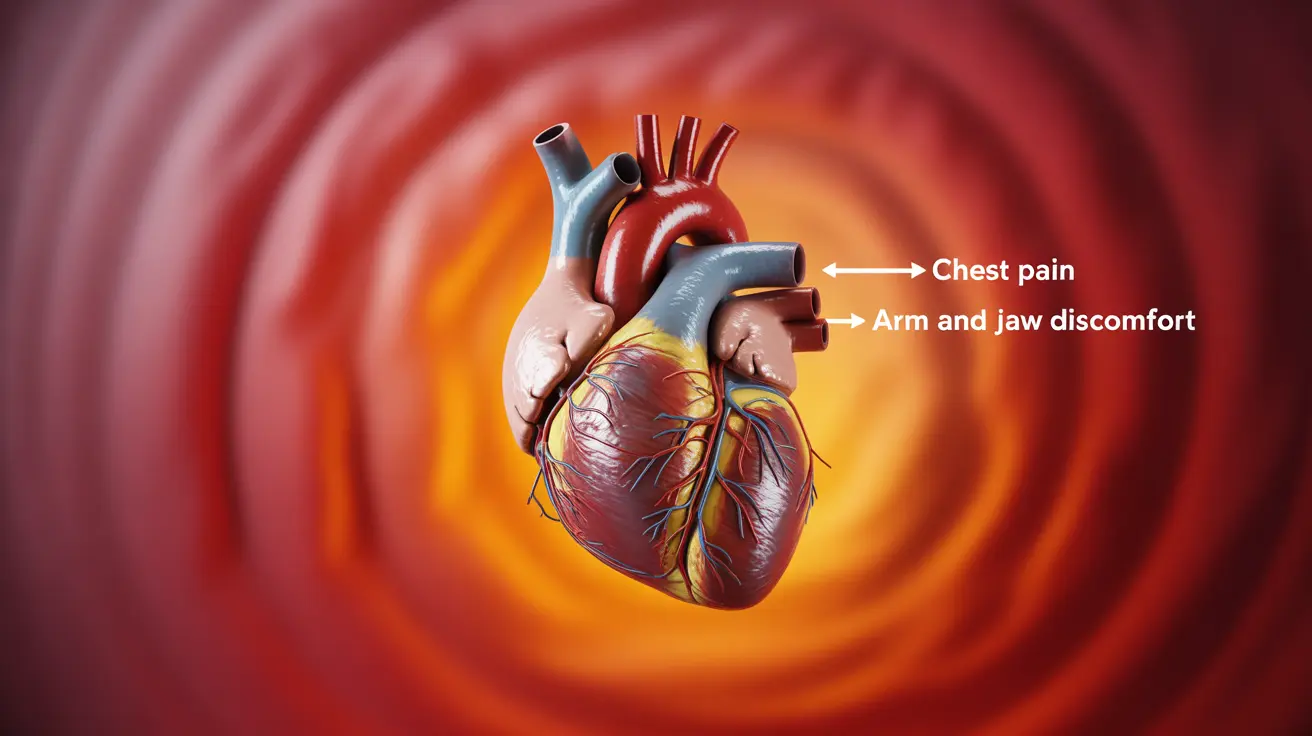Attention-deficit/hyperactivity disorder (ADHD) combined type is the most commonly diagnosed form of ADHD, characterized by both inattentive and hyperactive-impulsive symptoms. This comprehensive presentation of ADHD can significantly impact daily functioning, but with proper understanding and management, individuals can lead successful, fulfilling lives.
Understanding ADHD combined type is crucial for parents, educators, and individuals affected by this condition, as it requires specific approaches to treatment and support. Let's explore the key aspects of this ADHD presentation, from symptoms to management strategies.
Recognizing ADHD Combined Type Symptoms
ADHD combined type manifests through two distinct symptom clusters: inattention and hyperactivity-impulsivity. These symptoms must be present in multiple settings, such as home, school, or work, to warrant a diagnosis.
Inattentive Symptoms
Common signs of inattention include:
- Difficulty maintaining focus during tasks or activities
- Frequent careless mistakes in schoolwork or job duties
- Problems with organization and time management
- Tendency to lose important items
- Easy distraction by external stimuli
- Difficulty following through on instructions or completing tasks
Hyperactive-Impulsive Symptoms
Key hyperactive-impulsive behaviors include:
- Fidgeting or difficulty sitting still
- Excessive running or climbing in inappropriate situations
- Talking excessively
- Difficulty waiting their turn
- Frequently interrupting others
- Acting as if "driven by a motor"
Diagnostic Process and Criteria
Diagnosing ADHD combined type requires a comprehensive evaluation by qualified healthcare professionals. The process typically involves:
- Detailed medical and developmental history
- Behavioral assessments across multiple settings
- Evaluation of symptoms against DSM-5 criteria
- Ruling out other potential conditions
- Input from parents, teachers, or other observers
For a combined type diagnosis, individuals must display at least six symptoms from both the inattentive and hyperactive-impulsive categories for children, or five symptoms for adults.
Treatment Approaches
Managing ADHD combined type typically requires a multimodal treatment approach, tailored to each individual's needs and circumstances.
Medication Options
Common medications include:
- Stimulants (methylphenidate, amphetamines)
- Non-stimulant medications (atomoxetine, guanfacine)
- Antidepressants (in some cases)
Behavioral Interventions
Effective behavioral strategies include:
- Cognitive behavioral therapy (CBT)
- Parent training programs
- Social skills training
- Educational accommodations
- Organizational skills development
Impact on Daily Life
ADHD combined type can affect various aspects of daily functioning, including:
- Academic or work performance
- Social relationships and communication
- Time management and organization
- Emotional regulation
- Self-esteem and confidence
Coexisting Conditions
Many individuals with ADHD combined type experience co-occurring conditions, including:
- Anxiety disorders
- Depression
- Learning disabilities
- Oppositional defiant disorder
- Sleep disorders
Frequently Asked Questions
What are the main symptoms of ADHD combined type in children and adults?
ADHD combined type presents with both inattentive symptoms (difficulty focusing, disorganization, forgetfulness) and hyperactive-impulsive symptoms (fidgeting, excessive talking, difficulty waiting turn). Adults may show more internalized symptoms, such as inner restlessness and racing thoughts.
How is ADHD combined type diagnosed by healthcare professionals?
Healthcare professionals diagnose ADHD combined type through comprehensive evaluations including medical history, behavioral assessments, and symptom analysis using DSM-5 criteria. They gather information from multiple sources and settings to ensure accurate diagnosis.
What treatment options are available for managing ADHD combined type?
Treatment typically combines medication (stimulants or non-stimulants) with behavioral interventions like cognitive behavioral therapy, organizational skills training, and educational support. The approach is customized to each individual's needs.
How does ADHD combined type affect daily life, organization, and relationships?
ADHD combined type can impact academic/work performance, social relationships, time management, and emotional regulation. However, with proper support and management strategies, individuals can develop effective coping mechanisms and achieve their goals.
Can ADHD combined type co-occur with other mental health conditions like anxiety or depression?
Yes, ADHD combined type frequently co-occurs with other mental health conditions. Common comorbidities include anxiety, depression, learning disabilities, and sleep disorders. Treatment plans should address all present conditions for optimal outcomes.




